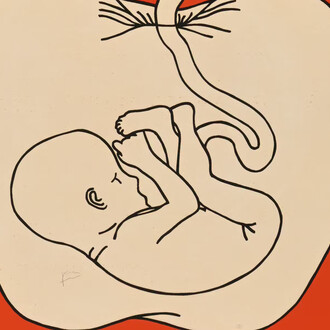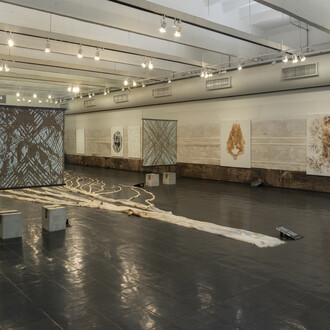The exhibition Veemente, by the Mexican artist Gabriel de la Mora, is the Oscar Niemeyer Museum's (MON) newest project. The exhibition will open on May 8 in Room 1, curated by Marcello Dantas.
There are 70 works, including installations, canvases with mixed techniques and sculptures, most produced between 2000 and 2025. The set shows not only the artist's aesthetic and its evolution, but also the diversity and peculiarity of the materials used, which go beyond traditional supports and pigments.
"Gabriel de la Mora's art provokes a fundamental reflection on our time and invites us to reframe the ordinary, to look more closely at what we have discarded or forgotten," says the Secretary of State for Culture, Luciana Casagrande Pereira. "It's an exhibition that dialogues with contemporary themes and reinforces MON's commitment to bringing the public powerful experiences connected to global art discussions."
MON's director Juliana Vosnika says that the artist challenges our gaze and perception with his paintings, installations and sculptures made from unusual, discarded items. "Nothing in his intense and extensive work is obvious. Everything is the result of an insight into human nature, its feelings and sensations," she says.
In the process of creation, the artist transforms found objects into raw material for unique works of art, evoking the concept of ready-made. "There is always a message, addressing sustainability, the passage of time and the cycle of life, translated into works full of beauty and movement," says Juliana.
Curator Marcello Dantas explains that Gabriel de la Mora's practice involves an investigation into materials, exploring the physical and conceptual limits of a process of collection and reconstruction. "At first glance, his works may seem abstract, sculptural or even minimalist. However, a closer look reveals that nothing is as it seems," says Dantas.
"His works are made up of unexpected elements: strands of hair, fragments of mirrors, eggshells, shoe soles, butterfly wings and other traces of everyday life," says the curator. "His technique denotes an almost obsessive process that transforms the raw material into new shapes, patterns and textures. The continuous repetition of the artisanal gesture - sometimes restorative, sometimes destructive - reveals a method that challenges the viewer's visual and sensory experience," he says.
















